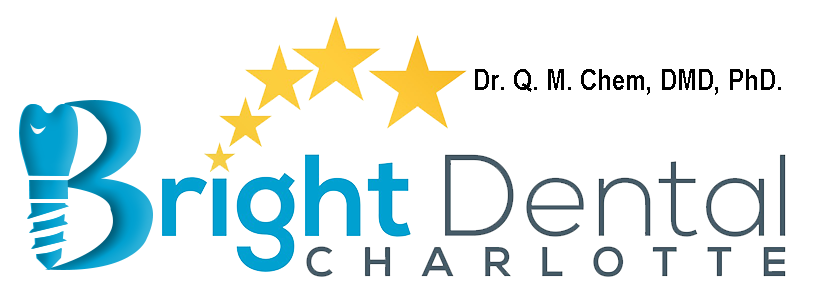Sedation Dentistry
If it’s difficult for you to imagine a trip to the dentist that’s relaxing and pain-free, sedation dentistry might help change your mind. It’s often called “sleep dentistry” or “relaxing dentistry” because the purpose is to help you feel at ease while the dentist provides needed dental care.
Dental anxiety keeps millions of patients away from the dentist every year. What many people don’t know is that sedative dentistry can help ease dental fears and anxieties by helping you to feel relaxed during procedures. Sedative dentistry is also helpful for people who:
What makes sedative dentistry so ideal is that it virtually eliminates the pain associated with dental procedures. Some forms don’t even involve needles!
Conscious sedation dentistry– is a term used to describe sedative dentistry that renders you relaxed but awake. How much and what type of sedation you choose is up to you and your dentist and will depend on the treatment needed, your medical history and your level of anxiety. Here are several common types of conscious sedation dentistry:
Light to moderate dental sedation — Gas is administered through a mask placed over your nose. Inhaling the gas can feel euphoric and may even make you laugh, which is how it got its nickname. Once the procedure is over, the effects wear off quickly with few side effects. Recovery time is also minimal.
Oral Sedation — Oral sedation dentistry involves medications taken before a procedure to produce a relaxed feeling. The effect depends on the strength of your dentist’s prescription, so you may feel a little drowsy. Recovery time is a little longer with oral sedation dentistry and you’ll need someone to drive you home after your dental treatment is completed.
No matter which type of conscious sedation dentistry you choose, your dentist will still need to provide local anesthesia to ensure that you don’t feel any pain. Because this is done after you’ve been sedated, you should feel relaxed and comfortable.
